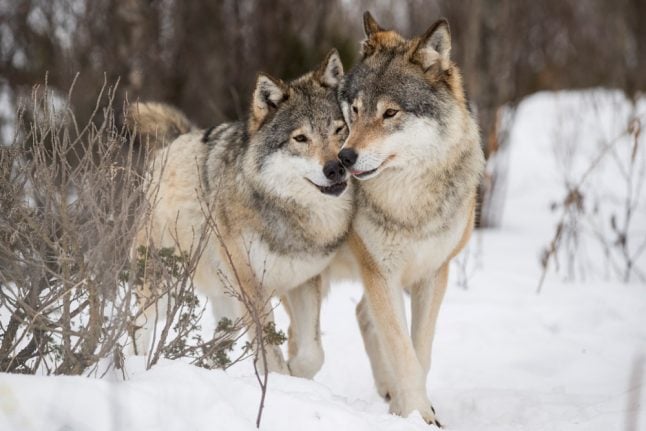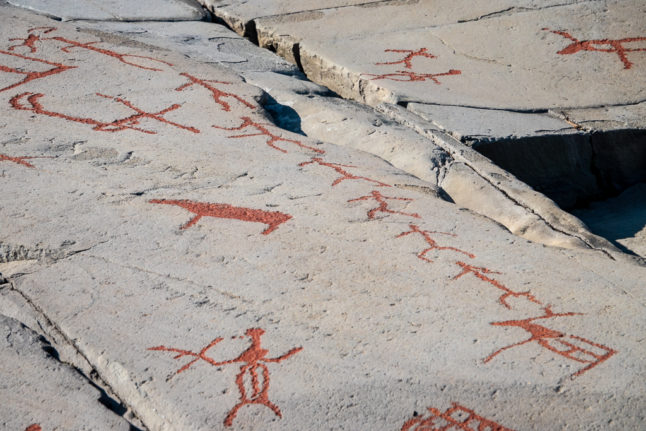NATURE
Disputed wolf hunt in Norway was legal, court rules
The Oslo District Court ruled on Friday that wolf hunting licences granted last winter were legal in a decision that dealt a blow to the World Wide Fund for Nature's efforts to protect the endangered species.
Published: 18 May 2018 15:12 CEST

File photo: Heiko Junge / NTB scanpix
The World Wide Fund for Nature (WWF) had sued the Norwegian state in an effort to halt wolf hunting in the counties of Østfold, Oslo, Akershus and Hedmark.
The nature organization argued that the Ministry of Climate and Environment had violated the constitution, the Nature Diversity Act and the Bern Convention on the Conservation of European Wildlife and Natural Habitats by granting licences to hunt wolfs in ares outside of the animal’s designated protect zones.
Although Oslo District Court temporarily suspended the wolf hunts in November, the court on Friday rejected WWF’s claims and ruled that the hunts did not violate any laws.
“It was a disappointment. But most disappointed of all are Norway’s wolves,” WWF-Norway CEO Bård Vegar Solhjell told NTB.
Solhjell, a former environment minister, said that Norway’s wolf population is in danger.
“This winter we shot more wolves than in the previous years under the Nature Diversity Act. We fear that this will weaken the population and wolf management in Norway,” Solhjell added, referring to the law passed in 2009.
The wolf is a critically endangered species in Norway but government authorities allow what WWF calls “extensive culling”. The Ministry of Climate and Environment originally granted hunters permission to cull up to 50 wolves over the 2017-18 hunting season, but later revised that number down to 42.
There are areas in Norway designated as protected wolf zones but according to WWF, these zones only amount to five percent of the country’s total land area.
“This has created many conflicts,” the organization said in a press release. “Culling licences are quickly issued whenever a wolf finds itself on the wrong side of the invisible border.”
WWF was ordered to pay court costs totaling 454,430 kroner. Solhjell told NTB that the organization would accept the ruling and pay the court costs but indicated in the WWF press release that the fight may not be over.
“We want the carnivore management to be based on scientific and experiential knowledge. This is not the case today. We have a politically decided wolf population goal that is not based on science and in addition functions as a maximum limit to how many wolves we are to have in this country,” he said.
The Norwegian state was supported in the trial by the Norwegian Agrarian Association (Norges Bondelag), which has argued that halting wolf hunting would have adverse effects on food production. The Norwegian Forest Owners Association (Skogeierforbundet) and Association of Hunters and Fishers (Norges Jeger- og Fiskerforbund) also supported the state.
Url copied to clipboard!


 Please whitelist us to continue reading.
Please whitelist us to continue reading.